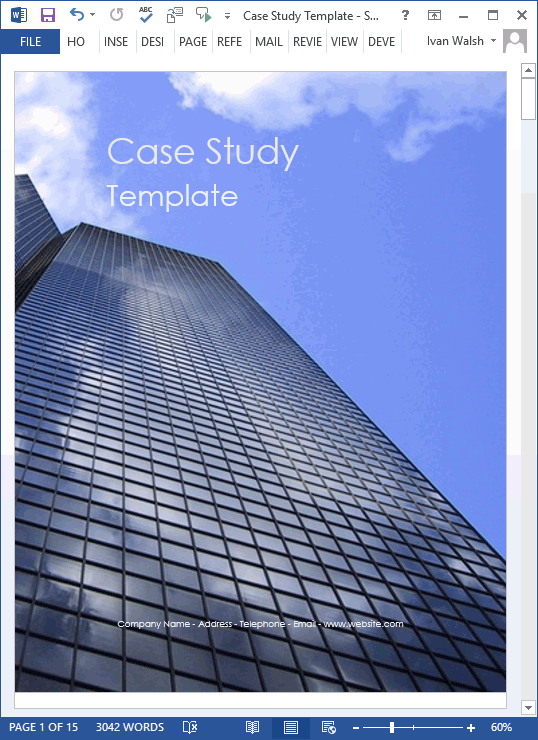Case Study Templates
Case Study Writing: Does Your Marketing Message Resonate with Buyers?
Do you customers understand the business value you’re offering them?
Are your marketing messages convincing customers that the price you’re charging offers excellent value for money? In other words, is your messaging working? If not, how do you fix it?
Case Study Writing: Does Your Marketing Message Resonate with Buyers?
You might have a great product but if potential customers don’t see the value, you’re in trouble.
So, how can you improve communications with buyers and other key stakeholders?
Luckily, there is no silver bullet.
Rather, it’s about understanding what stops potential customers from engaging with you, asking for more information, and believing what you tell them is true.
To be persuasive, it had to resonate.
How can we improve our marketing messages? To do this, we must follow these guidelines:
We must be clear internally what values we believe in.
Our customers see the evidence that we live these values.
We must stay true to these values and don’t deviate which can happen as the company grows.
Gartner highlight five ways to improve communications.
#1 Understand buyers and buying approaches.
Buyers want to hear different things based on their roles and where they are in the buying process.
Technologists have different interests from line managers.
And so on.
Messages need to change based on where an organization is in its buying process.
Early on, buyers need to hear more about potential value and outcomes. Later, they want to help evaluating alternatives.
#2 Segment.
Identify the ideal target customer that has a need for your product – and is willing to buy.
Segmentation mean focusing your energy, marketing campaigns, and sales efforts on these buyers. Ignore the rest, at least for now.
#3 Identify differentiating elements of the product/service.
Buyers like to compare products.
So, how are you different?
Identify alternative products, then refine what makes you unique, and is important for buyers.
Be honest. If you don’t have a unique angle, keep working on it until it emerges.
#4 Define your positioning.
Develop a positioning platform that captures your target segment, differentiation, and buying approaches.
Use this to define the key messages associated with each element.
#5 Use storytelling.
Craft stories that resonate with buyers at an emotional level.
Develop a library of stories for different roles in buying organizations and different points in the buying process.
Summary
Use this multi-faceted approach to help potential customer navigate their way from prospects to buyers.
How to Write Case Studies
How do I write a case study? What goes into a case study? What mistakes should I avoid? How can I use case studies for strategic advantage?
Learn how to write a case study to promote your product or services.
- 3 Case Study Writing Tactics For New Writers
- How to Structure a Business Case Study
- How To Gather Information for Your Case Study
- 5 Benefits of Writing Case Studies
- How to Write B2B Case Studies
- How to Write Short Case Studies to Generate Leads
- Case Studies As Marketing Strategy
- 3 ways to use Case Studies for Positioning
- 10 Elements of a Compelling Case Study
Case Study for Construction projects



